Lingering investment decisions from industry are part of what's stopping Canadian liquified natural gas from reaching global markets, Canada’s national energy regulator has found.
Canada may be late to the game, says a National Energy Board (NEB) report, but with an abundance of natural gas to spare, financial commitment from industry could help the sector forge ahead amidst a global plunge in LNG prices.
The United States — Canada’s fiercest competitor in reaching coveted Asian markets — has yet to break ground on any projects along the west coast. Canada could beat the U.S. to it, said Colette Craig, a market analyst at the NEB. But she said that success hinges on having companies that aim to develop the sector.
“It’s completely up to the companies at this point to make a final investment decision and see Canada as a good place to invest,” she told National Observer. Craig co-author of the NEB’s latest energy market assessment on the role of Canadian LNG in the global market.
No construction underway in Canada
Liquified natural gas is natural gas that has been converted to a liquid state through an intense cooling process. Oil and gas companies covert it into this format to make it easier and cheaper to ship. Most often, it is transported to liquefaction terminals via pipeline before it is shipped by road or ocean tankers to reach its intended market.
More than 70 per cent of Canada’s natural gas reserves are in B.C. and Alberta, and over the last five years, the B.C. government has lobbied heavily in favour of developing them in order to sell Canadian LNG to Asian markets.
Since 2010, the NEB has approved 34 LNG export licenses, but none of the 24 planned projects across B.C., the Maritimes and Quebec have begun construction, according to its latest assessment.
The Woodfibre LNG project near Squamish, B.C. is the closest to an “actual project,” said Craig, even though it’s still implementing recently-approved design changes. Another recently-approved LNG proposal — the $36-billion Pacific NorthWest LNG project — remains stalled as its Malaysian oil and gas partners ponder a final investment decision.
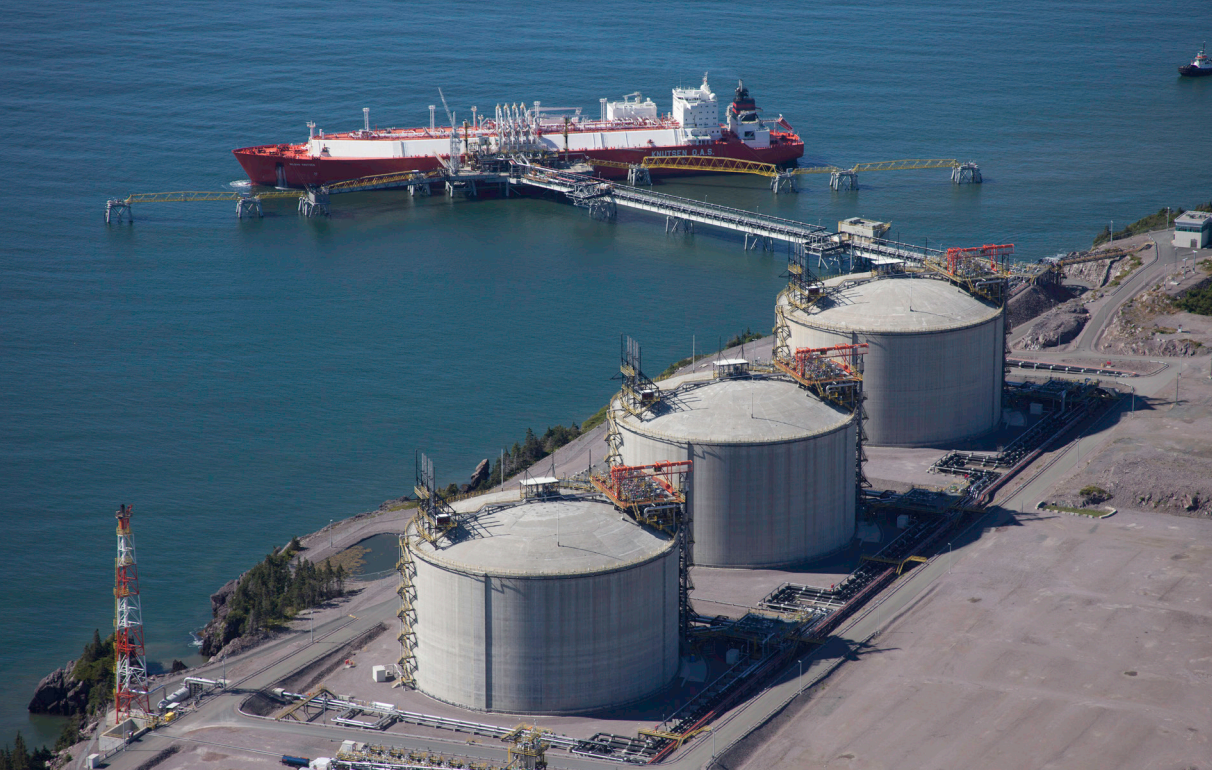
Climate change a market consideration
The NEB’s assessment indicates that several “uncertainties” could impact investment decisions, including fluctuating market prices and the transition to clean energy as a result of climate change.
“Natural gas and LNG demand may strengthen as economies become less reliant on more carbon-intensive fossil fuels such as oil and coal,” it reads. “Alternatively, natural gas and LNG demand could decline if renewable and/or nuclear energy sources become more prevalent at the expense of all fossil fuels.”
Liquified natural gas is considered to have a lower environmental impact than burning fossil fuels like coal or diesel, says the report. But it emits more climate-polluting greenhouse gas emissions than plain natural gas, as a result of the additional energy required to transport, liquify and regasify it.
The controversial Pacific NorthWest LNG project — currently stalled and facing an onslaught of Indigenous lawsuits — would be the one the largest single greenhouse gas emitters in Canada if it is ever completed, according to the Canadian Environmental Assessment Agency.
It’s “feasible” to have some LNG development and still meeting provincial, national and international climate targets, said Maximilian Kniewasser of the Pembina Institute, but LNG and natural gas shouldn’t be viewed as a “climate solution.”
“With the really big projects like Pacific NorthWest LNG it’s just very challenging because the emissions impact is so large,” the program director for B.C. climate policy told National Observer.
“For B.C. for example, the entire rest of the economy would have almost entirely to decarbonize so we could still meet our legislated climate targets…With some of the smaller projects, it’s feasible. Woodfibre LNG is going ahead with electric drive to reduce emissions.”
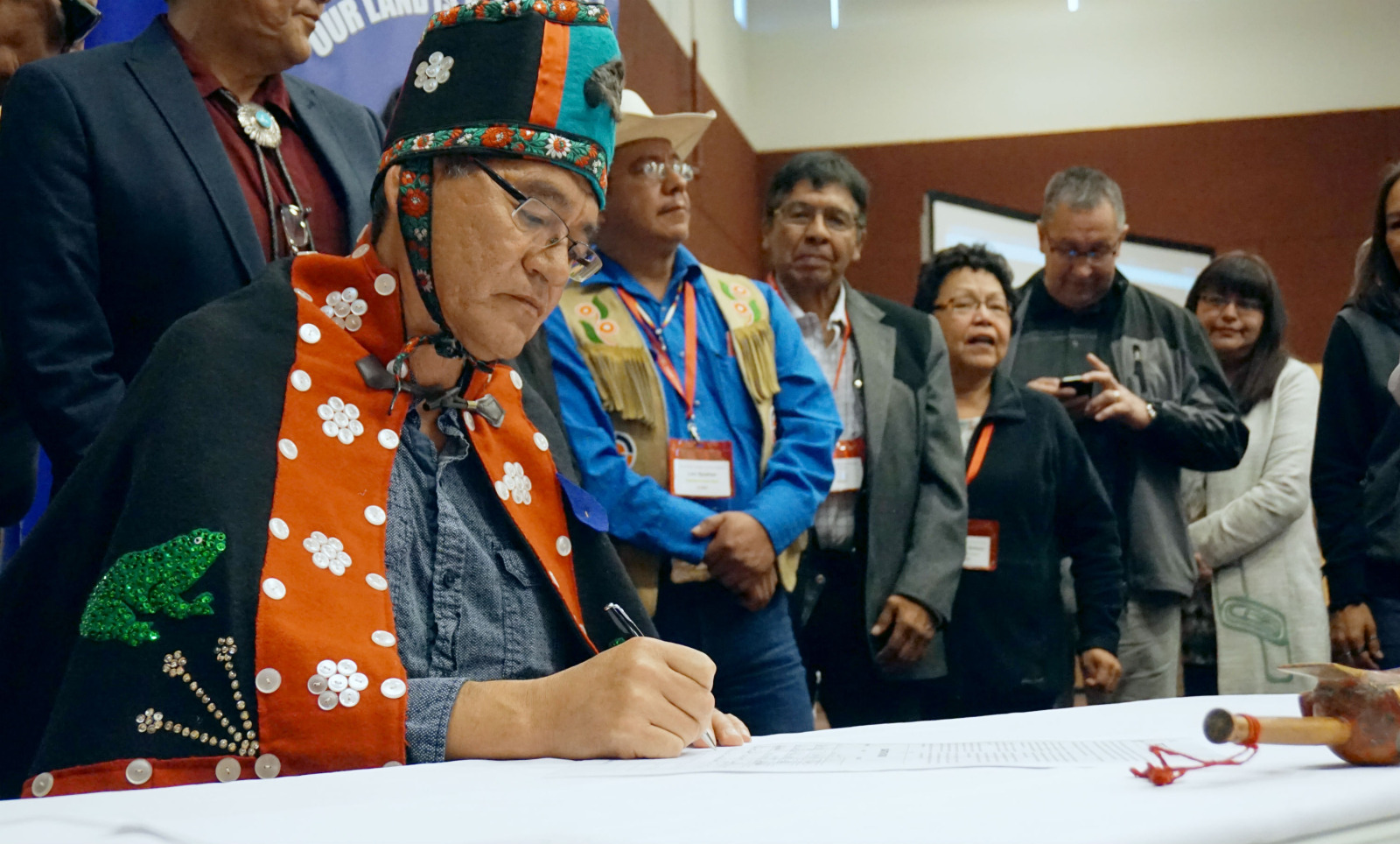
On Horgan and hydraulic fracking
The NEB’s report lists a set of advantages and disadvantages for the Canadian LNG market.
On the plus side, Canada has abundant and relatively low-cost natural gas supplies, and shorter shipping distances to Europe and Asia than the U.S. But there are also obstacles such as having high costs for new projects in remote regions with limited infrastructure. These require new pipeline approvals in order to transport the fuel.
One factor the assessment did not include is a change in government receptiveness to LNG development in B.C. — where NDP Premier John Horgan was sworn in today. While Horgan has said he supports LNG “provided conditions are met,” his government will is expected to place more scrutiny on industry proposals than his predecessor, BC Liberal Christy Clark.
Craig said she couldn’t comment on politics in relation to the report, but admitted companies “consider all the factors” where they aim to invest, which likely includes party politics.
Either way, the NEB is predicting an 18 per cent boost in natural gas production by 2040 as a result of technological advances in drilling and hydraulic fracturing — the process of pressure-pumping huge quantities of water underground to fracture dense rock formations and released the trapped gas.
Hydraulic fracking creates millions upon millions of cubic metres of chemical, carcinogen, and metal-laden wastewater, according to a recent report from the Canadian Centre for Policy Alternatives, which labels it a “controversial, brute-force fossil fuel extraction practice.”
The report’s author, Ben Parfitt, told National Observer in a recent interview fracking for the purposes of natural gas and LNG development turned northeastern B.C. into “one giant industrial sacrifice zone.”
According to the B.C. Oil and Gas Commission, nearly 12,000 wells have been hydraulically fracked this since the 1950s and 355 new wells were drilled throughout B.C. in 2016.
The NEB's report does not address the controversy surrounding fracking, including water contamination and earthquakes.
"The NEB's report does not
"The NEB's report does not address the controversy surrounding fracking, including water contamination and earthquakes."
Of course not. Why address the dirty facts of the industry when the NEB's raison d'être is to placate and advance it?
Nor does the either the NEB
Nor does the either the NEB report nor the article address significant and just about possible to avoid methane leakage! Major oversights!
Not mentioned, methane
Not mentioned, methane emissions which are 85 times more potent than CO2 on a twenty year basis. The low price of natural gas has helped considerably in-situ production in the bitumen oil sands. It uses 20% of all the natural gas produced in Canada. Good for the bitumen oil sands industry, very bad for the environment.
OK National Observer, you are
OK National Observer, you are dangerously close to becoming part of the scrap heap of junk journalism. With this piece of LNG cheerleading and propaganda, you might have gotten there.
Ms. McShaffery, do some research and stop regurgitating CAPP bullshit, it's false. Quoting Pembina is ridiculous too, particularly considering when I chatted with your boss Mike De Souza he agreed that Pembina is nothing more than controlled opposition for the industry. This reflects so poorly on your publication, but not nearly as much as your "facts" on fracking.
There has never been, or currently, a well that is fracked with only water. In fact, tens of thousands of wells are fracked using no water at all. LNG is highly emissions intensive, over the lifecycle of drilling, fracking, production, processing, transmission and liquifying, natural gas exploration and production is proving to be the top emissions generator.
The NEB report comes up very
The NEB report comes up very short on one big factor which will determine the future of BC's wanna-be LNG industry- world LNG demand growth. The chapter on "Global LNG Demand" is the shortest, and appears to erroneously conflate LNG demand with regasification capacity. Increased competition and supply from Australia, U.S., Qatar, Iran and a host of lower-cost African countries, coupled with Russian gas pipeline imports to China and Japanese nuclear restarts will likely dampen demand growth (2.6% average over the past 10 years), and, with it, any chances for BC LNG being anything other than a local LNG fuel supplier for dual-fuel coastal vessels. As LNG is primarily used for power generation, the rapid growth of non-fossil renewable alternatives (mentioned once in the report) won't help any. In those respects - not a very good report - or outlook.
To begin with, sentence
To begin with, sentence structure needs some work....in three places....so I'd suggest more careful editing.
That said, a person would have to know nothing about hydraulic fracking, to think that an export market which depends on that process to extract the natural gas.........before it is then liquified, piped to the coast and sent around the globe in mega tankers.....could be in any way better for the climate than other forms of fossil fuel.
Enough 'cleaner fossil fuels' already. We need to move quickly to clean energy and call a halt to these pipe dreams of unconventional fossil fuels making us rich on the global export market. It's a boondoggle, and unless subsidized by the unsuspecting public, not economic in the long term. What's worse, is that wherever oil and gas goes, it leaves leaking open sores all over the back country....when a well ceases to be profitable its generally not properly shut down...........and the methane leaking all over western Canada, is a poison gift to the climate that keeps on giving.
We won't meet our Paris agreements. And those agreements in themselves, are not enough to keep us below 2 degrees of warming. Why is that so hard to get through our Canadian noggins? Too many poisonous chemicals in our air and water???
It is irresponsible for
It is irresponsible for governments and government agencies to ignore the demonstrated devastating impacts of fracking on the environment, public health and agriculture. We cannot afford to have our precious farmland in Alberta and B.C. turned into toxic waste dumps.
Perhaps if McKenna and
Perhaps if McKenna and LeBlanc spent less time colluding with multinationals and more time on the actual mandate of their portfolios, we wouldn't have dead endangered whales appearing in record numbers on 2 coasts or destruction of endangered species' habitats in several provinces along with sharp declines in remaining individuals. We need to go back to the days when environmental portfolios were strictly about protecting species and habitats, not protecting salmon destroying Norwegian fish farms or multinational fossil fuel corporations turning endangered caribou habitat and remaining boreal forest into a poisoned lunar landscape. The decisions show clearly that they cannot serve 2 masters and they will always choose the one with money and lobbyists.



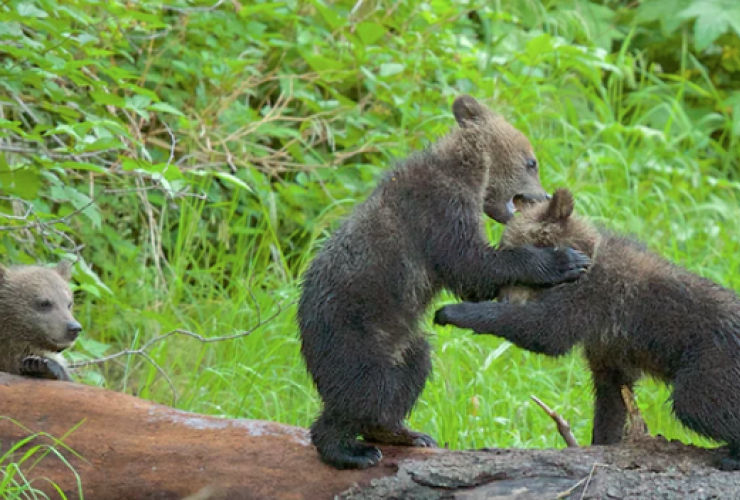
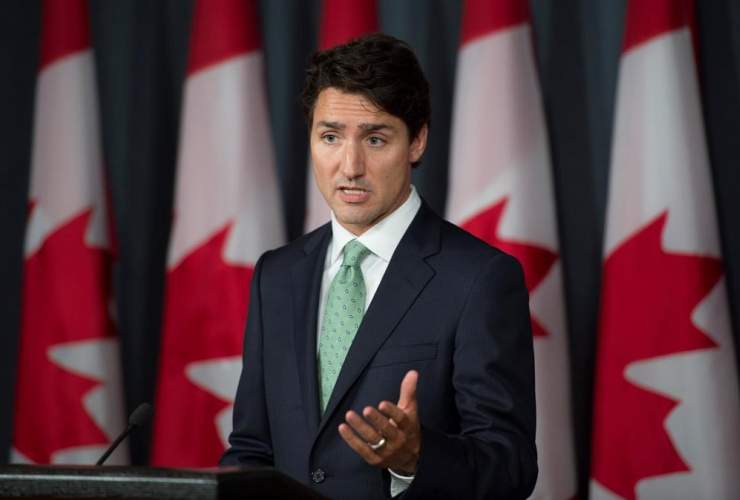
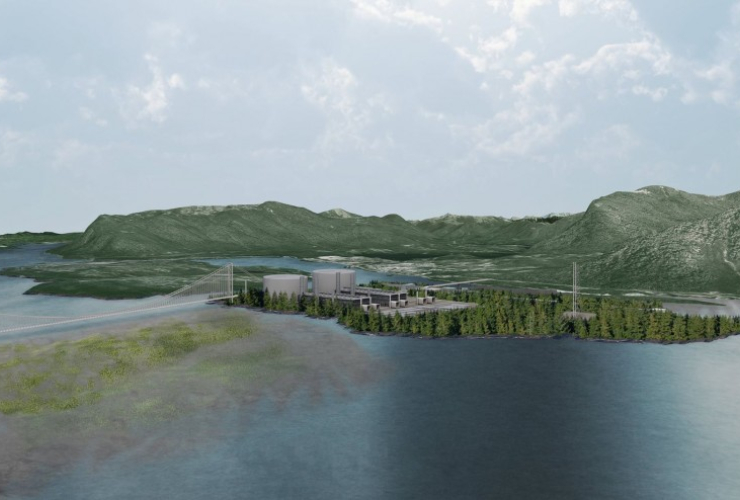
Comments